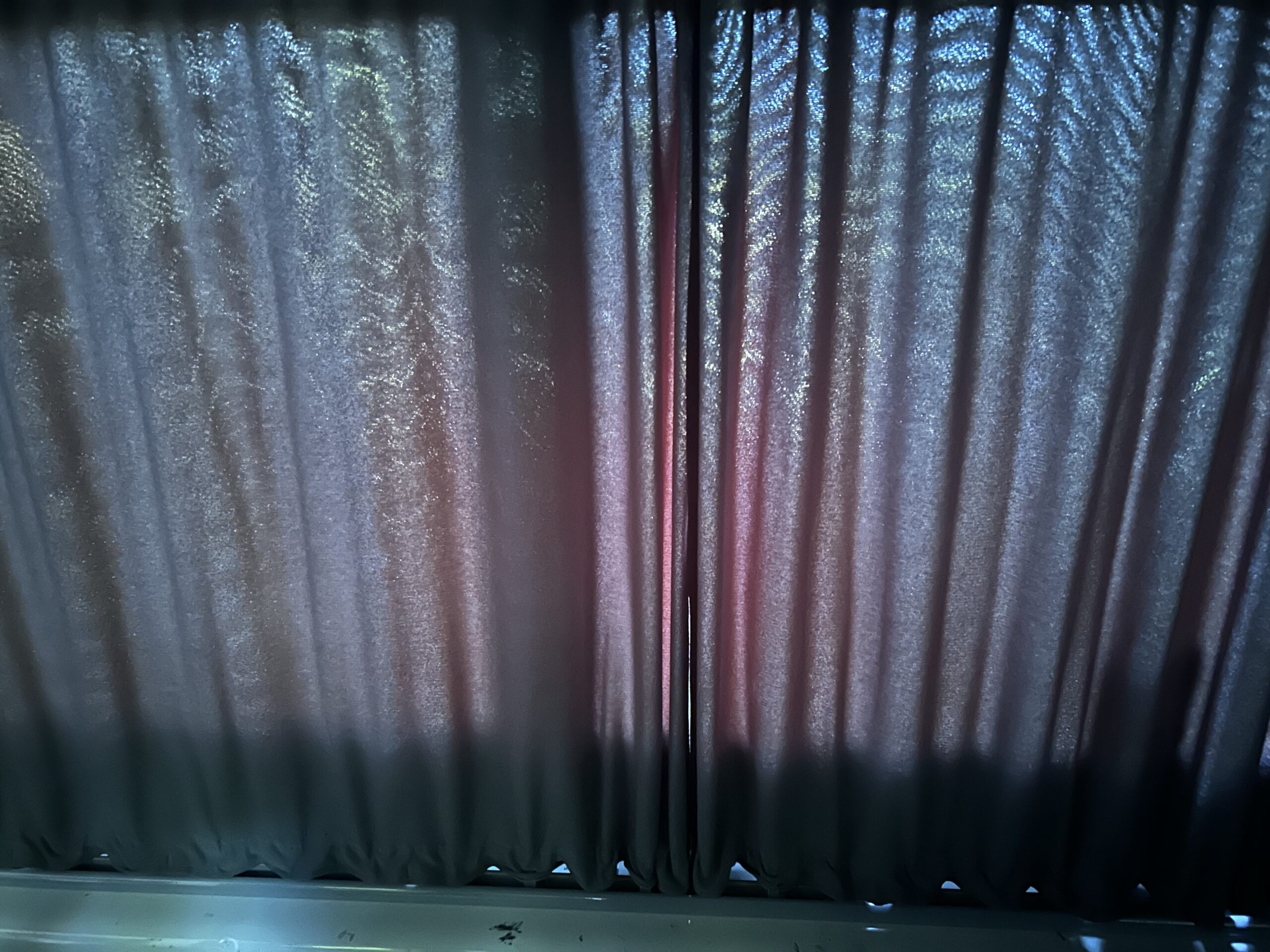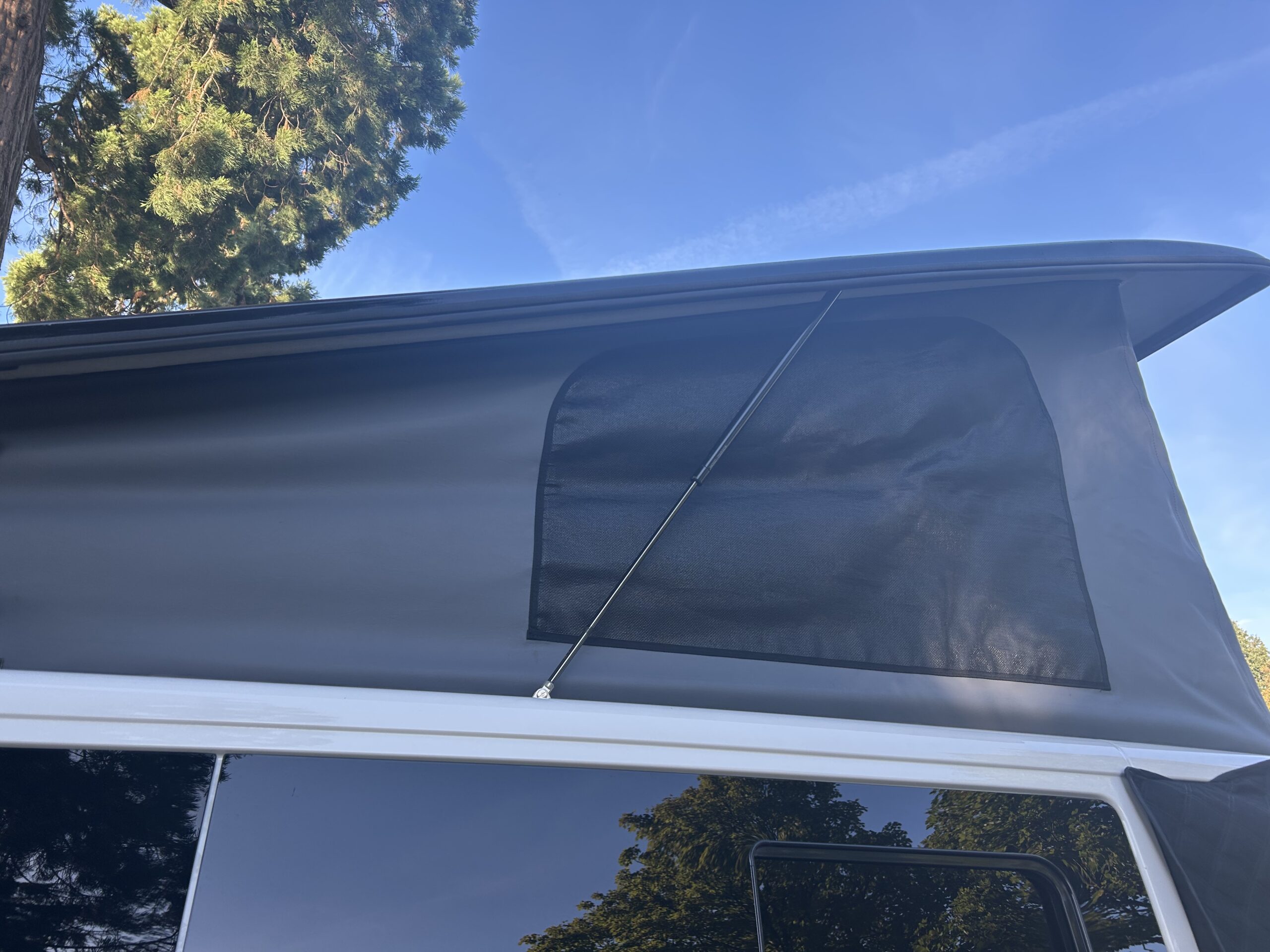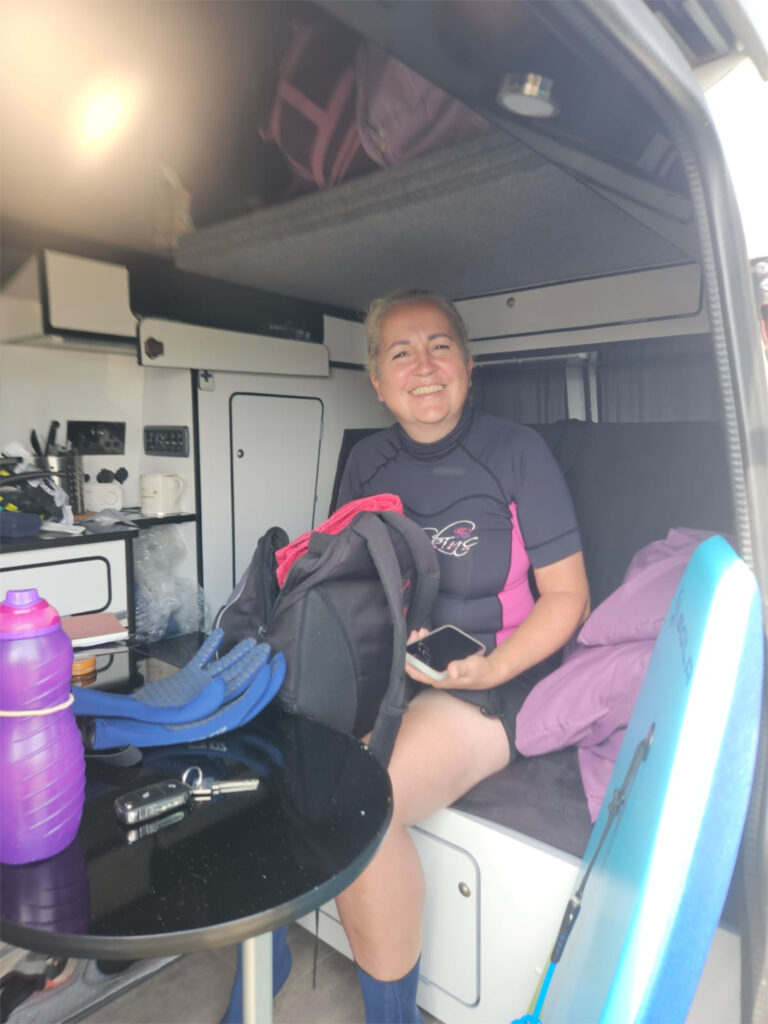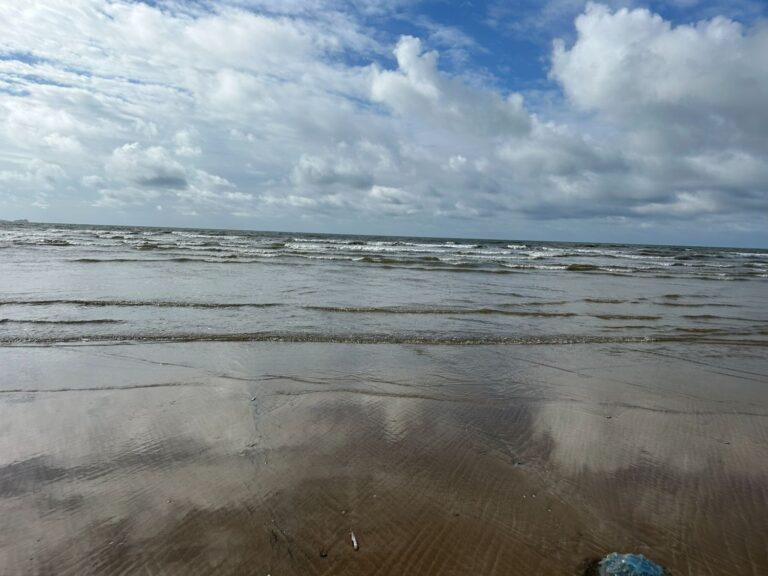This is a list of additional items/devices which you may consider paying out for. It all depends on how often you use your van and ultimately it’s all about personal preference.
To awn or not to awn (that is the question…..)
Personally, I do not have an awning. There is much debate about how they benefit you. A great space to store items, possibly to hang those damp clothes/towels/wetsuits instead of adding to the condensation already expelled from you in the van.
But this is just me. It’s another thing to put up and down on arrival and as I leave. I may change my mind, especially when the weather gets worse, and I’ve seen enough rain these past two weeks to sink a ship…..
Another thing to consider is storing the awning tent which attaches to the awning if you decide to have one of those, rather than just the overhead, pull-out style with open sides. Benefits are that you can drive away and leave the awning tent in position. But, as I’ve indicated, space for storing this must be considered. Of course, the cost of installation may sway your opinion too……
Please see: www.topchoice.co.uk
Best Inflatable Driveaway Awnings of 2025
Pop-top
A pop-top definitely benefits me in that although it isn’t used as a sleeping place, it allows me to stand up when I’m pitched, and it serves as a storage space for my sleeping gear.
Tips – Be careful of wind speed. Before I get to my destination, I check the wind speed in that area. As a double-check, I look again on arrival. Pop-tops for T5/T6 models can withstand wind but only to roughly 30 mph – you may discover it is quoted differently, it depends on which sites/forums you read. Oh, and watch out for the gusts – that’s what will catch you out. I’m cautious when the gusts exceed 35mph. Whatever you do, do not attempt to put it up or pull it down during a gust, that’s just silly, that’s when you’ll do the most damage. This is why checking more than once alleviates the problem. If you’re unsure, leave it down.
Roof Box
A great way to store your items without cluttering the inside of the van whilst travelling. If you decide to stop off at some beautiful, iconic scenery or landmark, at least you can sit in the back, have some lunch or a much-needed cuppa, without climbing over your worldly goods.
However, if you already have a pop-top, then you need to check the maximum weight of the pop-top mechanism before loading. Obvious to state, but remove the roof box before attempting to put the pop-top up.
Blackout Curtains/Blinds

Privacy is key when using your van on a regular basis. Before my fitted curtains were installed, I relied on manually fitting internal thermal blinds when I pitched up at each destination. It doesn’t take long to put your thermal blinds up, but it has proved much easier to unclip the fitted ones.
However, the internal thermal blinds are also meant to deflect those burning rays whilst also helping to reduce condensation.
It’s a difficult one. Reference to the best ways to cover your windows whilst reducing condensation has already been made in my other blog post https://vanessapinnington.com/keeping-warm-whilst-camping-in-winter/ and currently, I’m still on the fence as to which method is the best.
Swivel Front Seat
Before mine was fitted, it felt cramped. Now that I have one, there is no going back! It opens up my small space, improves my mental health immediately and just gives that extra room in case someone ‘pops’ in. Sometimes, travel is based on who I can catch up with, those long-standing friends along the way, and it works for me.
Downside: occasionally, if I’m rushing, like if it’s raining, then I find it hard to push it around into position easily – I have arthritis in my hands/wrists, so this does not help the situation. Although, I would not change a thing. It’s a few minutes of my time and it’s worth it.
Air Conditioning Unit
An expense which you will need to weigh up as necessary or not. Only time will tell if these bouts of extreme weather will continue…….
Diesel Heater
If off grid more than on, then I suggest that this is your best choice, but please make sure that it is fitted by a qualified professional and that you purchase a carbon monoxide monitor before using it. Diesel heaters are considered economical in the long term. If your vehicle does not run on diesel, it may be possible to install a separate tank to run it. It really is a personal choice and what you feel comfortable with.
Solar Panel
Before mine was installed, I risked no EHU for a couple of days at a time but had to ensure that I was driving at least two hours a day to keep my leisure battery charged. But, when the needle hovered between green and amber, the fridge started to display error messages. Since installing one solar panel, the panic has somewhat diminished. It’s great. Yes, as we go into the colder months, the days are shorter, and the sunlight intensity diminishes. However, I plan to continue with electric/no electric as we move into winter and will monitor the charging capability as I travel.
I do have access to the Victron app which monitors the efficiency, but I just keep an eye on the charging indicator in the van. Remember, keep it as much in the green as possible. If it begins to drop towards amber, then you may find the error message situation I’ve encountered if you have a fridge. Also, it takes ages to charge the battery back up again if it’s completely dead.
Another point to make here. It was necessary to have a leisure battery upgrade before my solar panel was fitted. Check before you go ahead. You do not want those extra ‘hidden’ costs later. If you seek out a professional, they will advise you from the outset.
Tips – keep the solar panel clean and do not park under a tree. Foliage and sap will also affect efficiency so consider where you’re going. Even if parked up (this does not apply to people who put their vans into storage over the colder months), I leave my solar panel on. I’m only ever parked up for short periods as my van is my vehicle when I’m doing house/pet sits so it makes sense to keep the solar panel charging the battery. Obviously, the fridge is cleaned out and is off whilst I’m in someone else’s property.
Sound System
You may wonder why I’ve included this but think about entertainment. This is not a suggestion to ‘blast’ everyone wherever you go, that’s just being selfish. In fact, when camping close to others, headphones are a useful way to prevent disturbing and hence annoying your neighbours, as temporary as they may be. But if you are considerate and possibly in a spacious field, then for some people, it may be something you want to spend your hard-earned money on.
Consider your potentially long journeys to get to places as well. A good sound system will keep you (and your passengers if you have any) happy, especially if stuck in slow traffic.
Rear Sensor Lights
There are people who can afford newer vehicles, there are others who cannot. My van does not have rear sensors. I could have them fitted, yet for me, having passed my test in 1987, it’s like going back in time. You do need to be aware of your surroundings though. If you are not confident, then get them. It’s not just about possibly hitting other vehicles whilst your parking, think about pedestrians too. Eyes everywhere please!
Front and Rear Cameras
Security is an important issue whether you use your van once in a blue moon or whether you live in it regularly. It also depends on where you park. Parking in residential areas can be risky, unless it is outside your own residence or someone who has agreed to it. There are many who would say that this is inviting problems if there is no consent. However, even then, there may be people who dislike this. It does make you think about both sides here.
There are many who struggle with campsite fees, therefore they may use less secure locations than a regular campsite can provide. Please see my previous post https://vanessapinnington.com/choosing-your-campsite/
This is not about telling people what to do, it’s more about providing tips and suggestions about what they can do.
Final Thoughts
Whether you’ve purchased an older van and plan to take it to a qualified professional to carry out the conversion or if you can afford to buy an already converted van from a reputable, qualified company, there will always be the extras, those devices or that newer technology which allows us to live day to day just that little bit more easily.
For this blog post, the focus has predominantly been on what I have had done, and what I may consider. Remember, my posts are based on personal experience.
Here are some other necessities/accessories/add-ons you may like to think about or potential upgrades you need to consider:
Insulation
Soundproofing/sound deadening
Lighting
Bed type – upstairs (roof) or downstairs (in main body of van)
Cabinets/storage
Flooring
Sockets – 12V/230-240V/USB
Inverters
Sink – water system
Refrigeration
Gas system
Exterior – alloys/spoilers/fog lights
Tow bars and towing accessories
Roof Rails and Bars
Bike Racks
Ventilation




